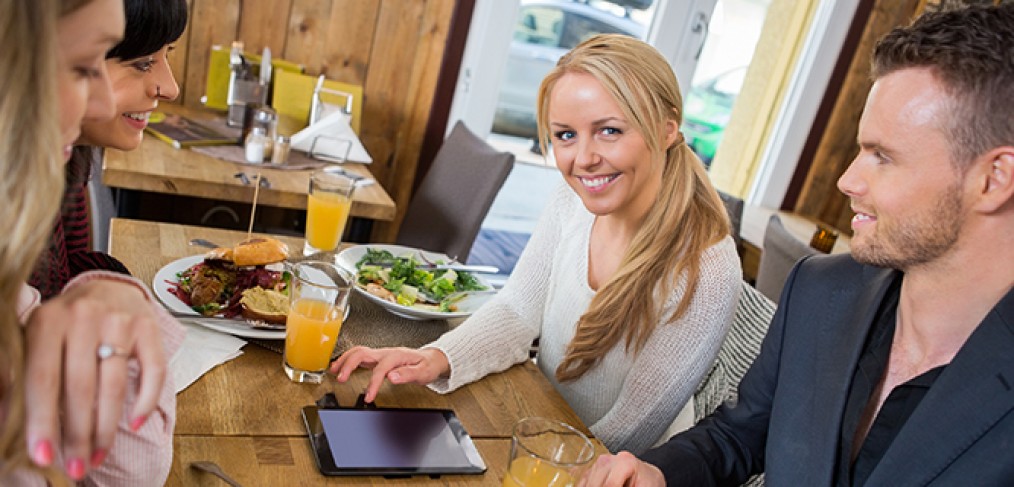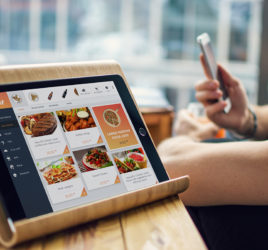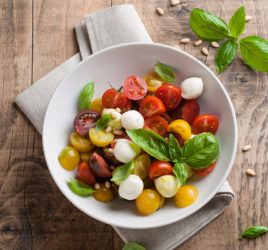
The use of multilingual digital menus in tourism
As the one of the fastest growing and the most profitable industries in the modern world, tourism tracks and adopts the development of technology and finds ways to use modern solutions in order to raise the quality of service and generate additional profit.
Before the 20th century a very small number of people traveled for pleasure. The purposes of travels were mainly a trade, education and religious motivations. Today, except for work, people travel mostly for leisure and recreation.
Along with the positive impact on the income of tourist destinations, tourism brings an extra dimension to the development of social relations and mutual understanding through introducing different cultures, traditions and natural beauties. An important part of the whole story is certainly a specific local cuisine.
Considering that tourists come from different countries and use different languages, more often are situations where guests are comfortably engaging conversation in their native language, but when it’s time to order, it’s best for them to clearly understand what’s offering. Easiest way to provide that is to present them with menus in their native language.

It is also important to pay attention to description of every item on the menu, because you certainly want to avoid that your guests receive insufficiently clear information about consuming food or drink that might cause them some health problems, hurt their religious beliefs or choice of lifestyle that excludes certain food.
As a result of the increasing number of tourists and their demand for culinary delights, the number of restaurants is growing continuously and the competition is getting bigger. So it’s even more important to provide them with the most attractive and easy-to-understand offer that would motivate them to more easily opt for a certain restaurant.
Despite the friendly and trained staff and the fact that a large number of tourists speak some of the most dominant world languages, often are misunderstandings and difficulties in selecting the desired food or drinks characteristic for the region.
As an example we can include Zagreb, the capital of Croatia, where has in recent years been a tremendous growth in visitors from South Korea. Moreover, they have become the most numerous tourists. There are many culinary differences between Korea and Croatia , and it is assumed that Korean guests are not familiar with Croatian cuisine. It would certainly be easier for them if the menus, along with photos showing particular dishes or drinks, would be presented in a language they understand, which would accelerate the process of making decisions, feeling comfort, and boost an additional spending. Besides, it would certainly be desirable to give your guests more information about the food and the way in which some traditional Croatian food is prepared.
The ability to view an offer in digital menu appears as an ideal solution, where guests can choose one of available languages and fully understand exactly what they are offered.
DaShef digital menu on tablets offers an unlimited number of languages and the new languages are added by the request of users and catering workers, who know best what is needed for their specialized management.



